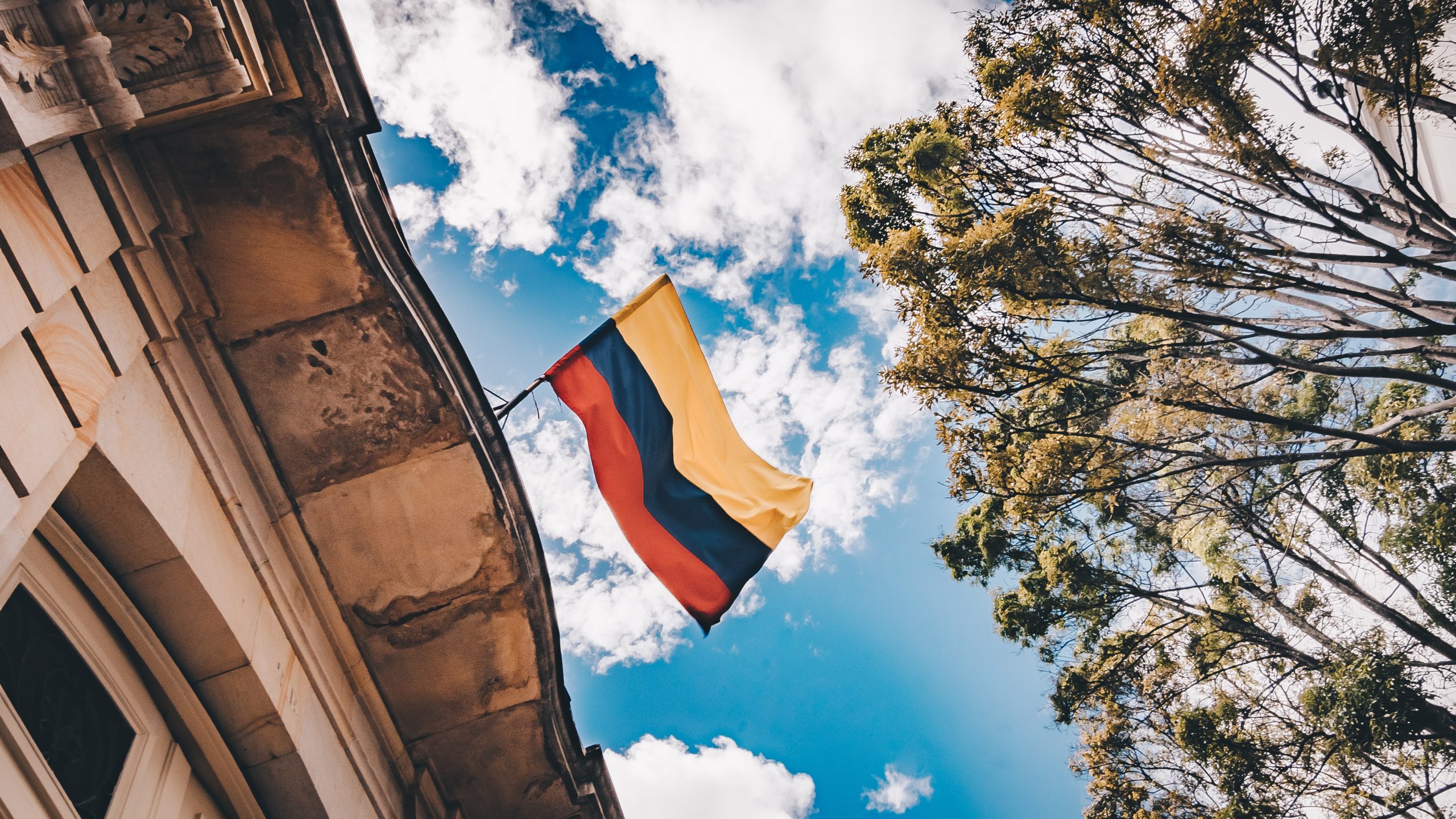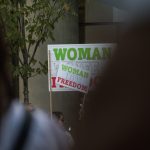It’s the Economy, Stupid: Rising Food Prices Provide Impetus for Protests in Iran

In the last days of 2017, Iran experienced the largest protests in the country since the protests that followed the disputed Iranian presidential elections in 2009. After incumbent President Mahmoud Ahmadinejad declared victory, protests arose and culminated in what became known as the Green Movement. These street protestors challenged the results of the election, alleging that voting fraud and irregularities had occurred. The protests in 2017, however, began primarily as a backlash against the economic policies of the government of Iran, but as protests spread throughout the country, their scope has expanded to include political opposition to the theocratic regime of Iran and its Supreme Leader, Ali Khamenei.
Following the 2015 international accord that was reached between Iran and the P5+1 (the permanent members of the United Nations Security Council—the United States, the United Kingdom, Russia, France, and China—plus Germany) regarding the nuclear program of Iran, most international sanctions were lifted by early 2016. The Iranian economy saw a resurgence in growth – 13.4 percent growth in the GDP in 2016, compared to a 1.3 percent contraction the year before, according to the World Bank. However, the lion’s share of that growth was in the oil sector, with other growth consisting of only 3.3 percent. While there was a new influx of cash from increased oil exports, little has trickled down to the wider population. Iranian President Hassan Rouhani, a relative moderate, has touted increased foreign investment as another benefit of his signature foreign policy achievement, but that has largely failed to materialize, in part due to continued US sanctions hampering access to international banking, as well as the government corruption that is well entrenched in Iran.
The economic program of President Rouhani has focused on trying to rein in government spending and build up the private sector and investment, managing to bring inflation down from a high point hovering around 35 percent in 2013, to about 10 percent last month. The budget for the coming year that Rouhani unveiled in mid-December, further stoked the anger that many working-class Iranians were feeling. The budget involved a number of unpopular items, namely in significant cuts to direct cash payouts established by Rouhani’s predecessor Ahmadinejad, as well as an increase in fuel prices. Moreover, the budget revealed large increases in funding for religious foundations that have no accountability to the state. According to a January 6th report from the Associated Press, “as he announced the budget, Rouhani admitted his government had no say over large parts of the spending and complained about the lack of transparency over the funds going to the foundations. ‘They just take money from us,’ he said. ‘If we ask, ‘Where did you spend the money?’ they say: ‘It’s none of your business. We spend it where we like.’”
Unlike previous major protests, this one began among the working class in the conservative city of Mashhad in eastern Iran, typically a stronghold of support for Iran’s religious hard-liners. It is areas like this that have been hardest hit by the economic woes facing Iran. While the official unemployment in the country stands at 12.4 percent, according to the government-run Statistical Center of Iran, unemployment among the young, those aged 19 to 29, is 28.8 percent. In largely rural provinces it is higher still, with some areas reporting 30 percent unemployment. Therefore, it is not surprising that many of the demonstrators are young Iranians who are fed up with the lack of economic opportunity. In videos shared via Telegram, a social media app popular with much of Iran’s population, a common thread can be discovered in the chants that reappear time and time again, “They make a man into a god and a nation into beggars! Clerics with capital, give us our money back!”
As Massoumeh Torfeh, a Research Associate at the London School of Economics and Political Science, specializing in Iran, Afghanistan and Central Asia, wrote in Al Jazeera, “the demonstrations that took Iran and the world by surprise remain undefined, leaderless and unprecedented in the mix of messages and geographical locations. Yet they are extremely significant, as they portray the depth of anger at the lack of economic and political progress in the Islamic republic [thirty-nine] years on.”
Featured Image
Tasnim News Agency (https://commons.wikimedia.org/wiki/File:Demonstration_of_people_of_Isfahan_Condemning_the_unrests_in_2017–18_Iranian_protests_06.jpg), „Demonstration of people of Isfahan Condemning the unrests in 2017–18 Iranian protests 06“, https://creativecommons.org/licenses/by/4.0/legalcode.



